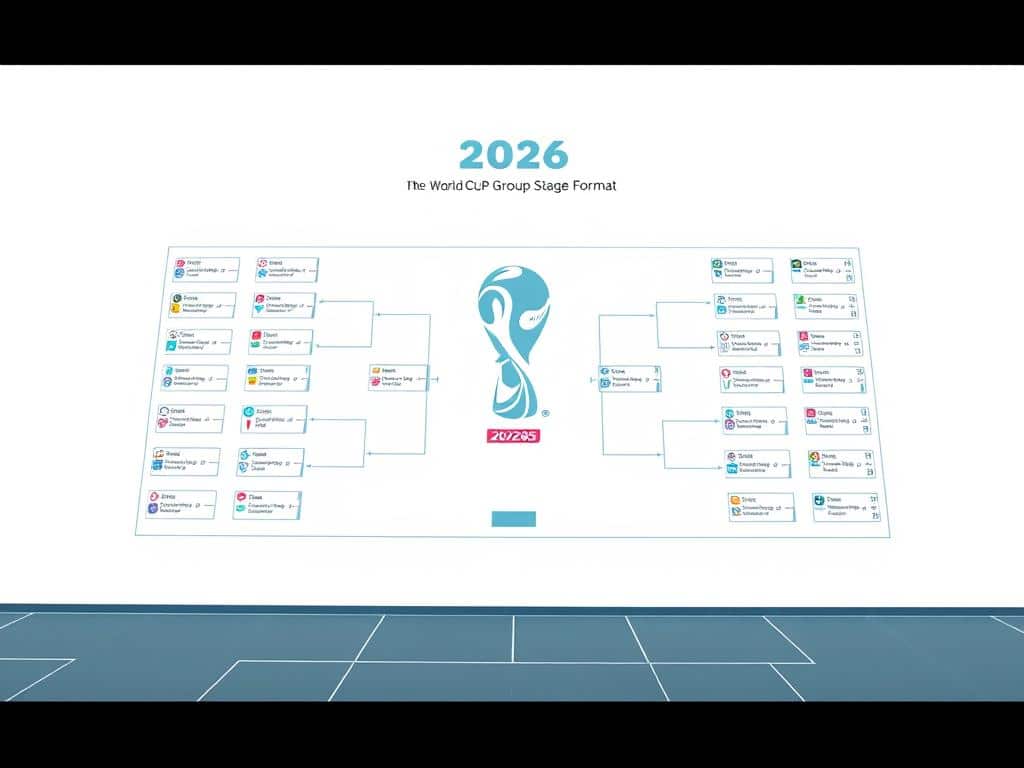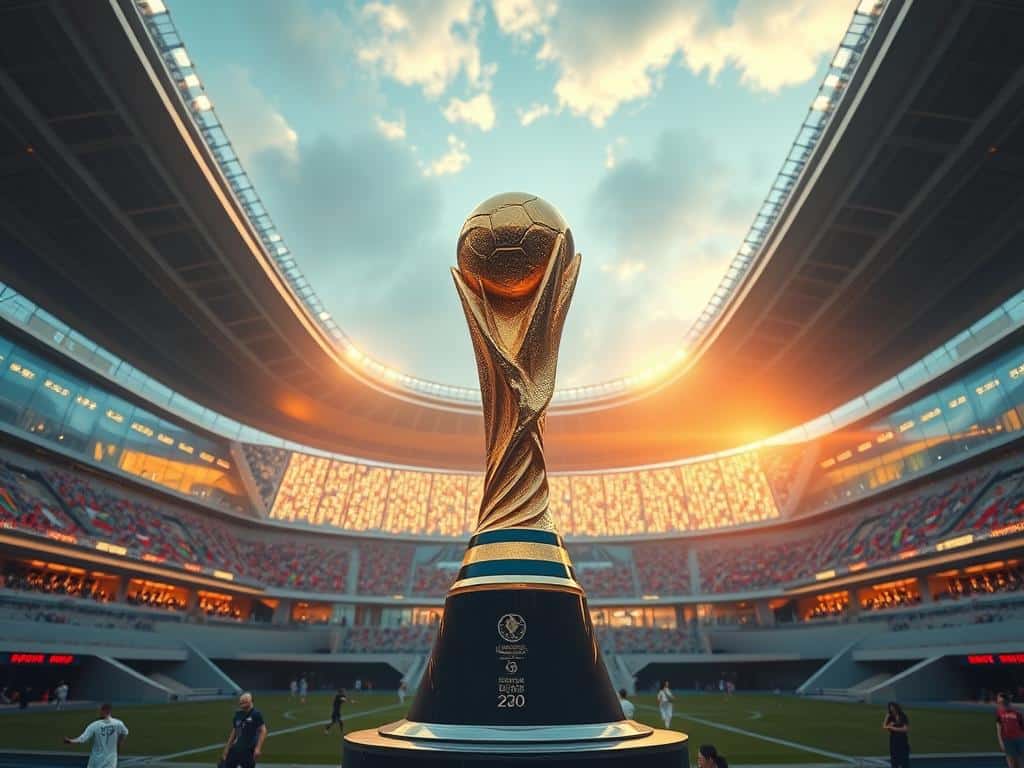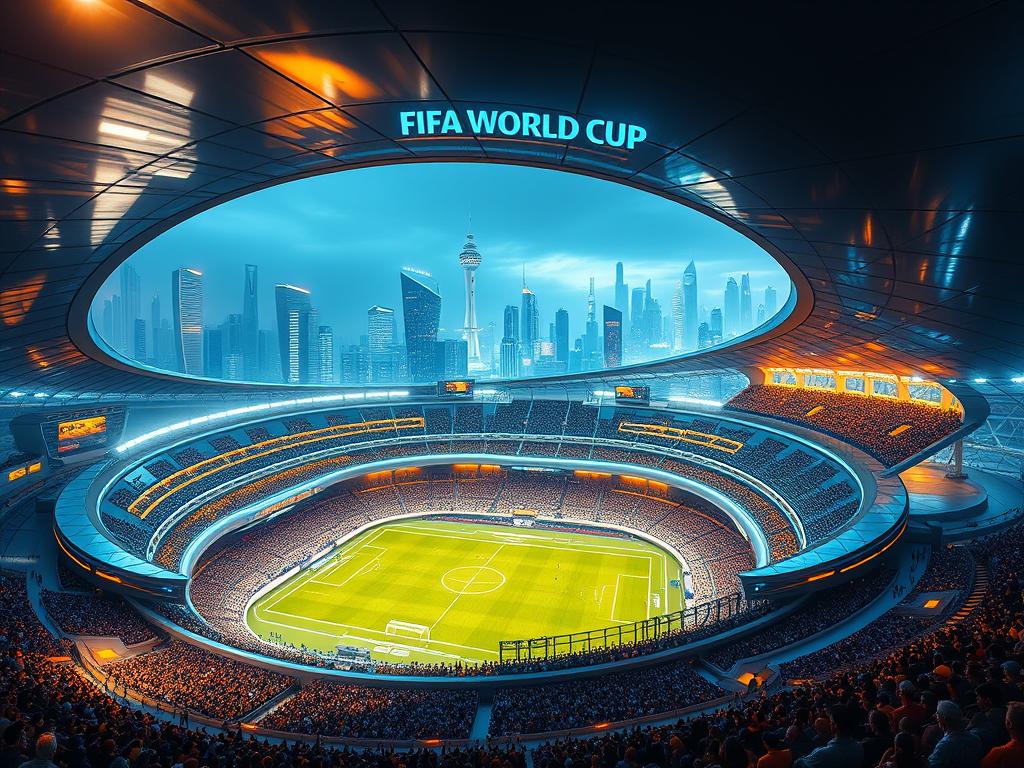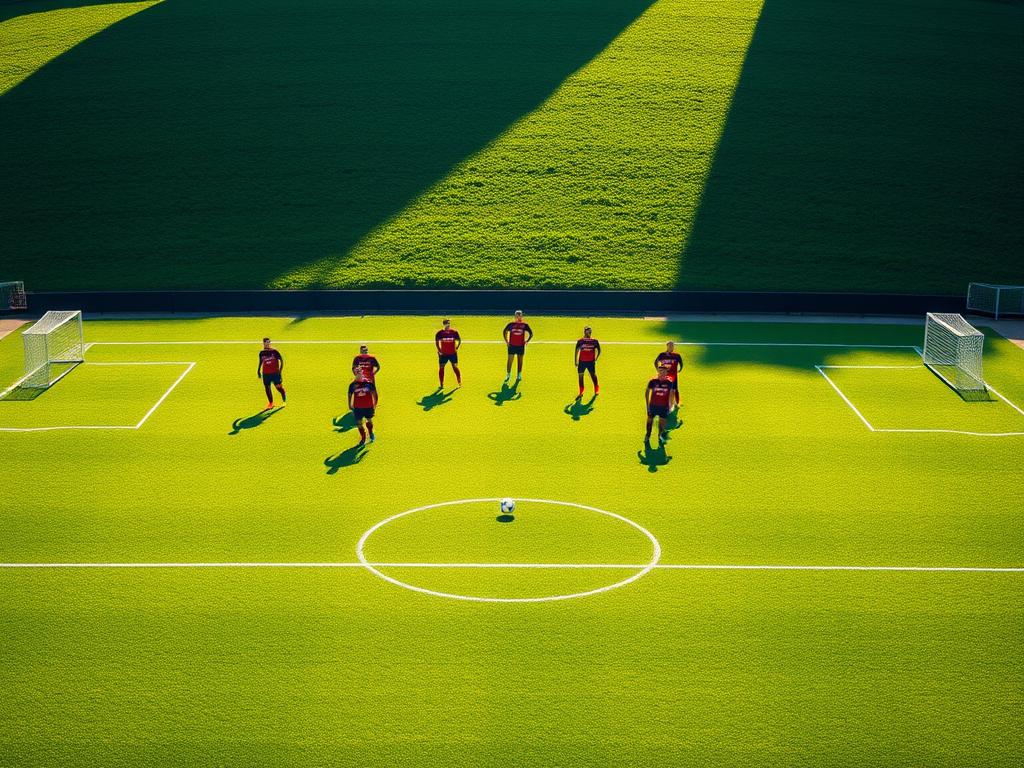Soccer fans, get ready—big changes are coming to the FIFA World Cup! The tournament is set to grow from 32 to 48 teams in 2026, with talks of even more squads joining by 2030. This shift aims to make the game more inclusive, giving more nations a shot at glory.
FIFA President Gianni Infantino has championed these moves, promising to reinvest over $1 billion into global soccer development. But with growth comes challenges—logistics, player workload, and fan access are all hot topics.
From its humble 16-team start to today’s massive event, the competition keeps evolving. Will this expansion score a goal for fairness, or will it stretch the game too thin? Let’s break it down.
The 2026 World Cup: A 48-Team Tournament Revolution
The 2026 edition will rewrite the rules with a bold new format. For the first time, 48 squads will compete across 12 groups of four teams, with the top two from each group plus eight third-place finishers advancing. This UEFA-inspired system guarantees more drama—and more soccer.

New Format: 12 Groups and Expanded Knockouts
Say goodbye to the classic 32-team structure. The 104 matches (up from 64 in 2022) include 72 group-stage games. Imagine Group L: France, Germany, and Algeria battling for survival. Late 10pm ET kickoffs will cater to European fans, while three host nations share the load.
Qualification Changes: More Spots for Underrepresented Regions
Africa’s slots jump to nine, Asia to eight. CONCACAF gets six berths—three for hosts Canada, Mexico, and the USA, plus three qualifiers. Six teams will fight in intercontinental playoffs for two final spots. This could mean debutants like Mali or North Macedonia shining on soccer’s biggest stage.
Logistical Challenges: More Games, Longer Tournament
The 39-day event (June 10–July 19) spans 16 cities across three time zones. CONCACAF chief Victor Montagliani notes the complexity: “Managing six daily matches requires military precision.” Players report just 16 days after club seasons end on May 24—sparking workload concerns from unions.
2030 World Cup Proposal: A 64-Team Centenary Celebration?
Uruguay just dropped a bombshell proposal that could reshape soccer history. Their federation wants 64 teams for the 2030 event—a fitting tribute to the first tournament held in Montevideo a century earlier. The opener would kick off at Estadio Centenario, where the 1930 final crowned Uruguay as champions.

The Surprise Pitch from South America
FIFA President Gianni Infantino hasn’t ruled it out. Sponsors like Coca-Cola already bought rights for larger events, and more games mean bigger payouts. CONMEBOL’s twist? Auto-qualification for all 10 South American teams. Paraguay’s soccer chief Alejandro Dominguez sees this as a lifeline for struggling nations.
Hosting Across Three Continents: Feasibility Concerns
The plan spreads 128 matches across three regions—Uruguay/Argentina/Paraguay plus Spain/Portugal/Morocco. Think airports crammed with 64 teams’ gear—chaos, right? Current hosts would stage 101 games, but adding 16 squads strains infrastructure. Iberian and Moroccan hubs might buckle under the load.
Why FIFA Might Say “Yes” to Super-Sizing
Money talks. A 64-team format could generate $1.5 billion extra from broadcasting alone. But players aren’t cheering. FIFPRO warns of burnout with longer tournaments. And after 2026’s 48-team experiment, is jumping to 64 too soon? Saudi Arabia’s 2034 bid adds another wrinkle—could they handle this size?
How Future World Cup Expansions Impact Soccer Globally
The beautiful game is about to get bigger—and the ripple effects will touch every corner of soccer. With more teams joining the tournament, we’re seeing new opportunities, challenges, and changes for players, nations, and fans.
Opportunities for Smaller Nations
Imagine Mali or the DR Congo scoring their first World Cup goal. The expanded format gives underdog teams a shot at glory. But critics warn of lopsided matches—remember Germany’s 8-0 thrashing of Saudi Arabia?
For federations, this means more funding and exposure. FIFA’s $1 billion revenue boost could trickle down to youth programs, especially in host cities like New York and San Francisco.
Player Workload and Calendar Congestion
More games equal heavier demands. USMNT star Christian Pulisic admits: “Pride clashes with fatigue.” The 2026 event packs 104 matches into 39 days—just 16 days after club seasons end.
Unions demand fixes: staggered schedules, mandatory rest. Will FIFA listen, or will players pay the price?
Fan Experience: More Games, More Accessibility
Six daily games mean choices—but also chaos. Picture chasing matches from Vancouver to Miami. Time zones split audiences: prime-time U.S. kickoffs vs. 1 a.m. UK finishes.
Solutions? AI-powered scheduling and flexible ticket packages. The goal? Keep the tournament thrilling without burning out fans.
What’s Next for the World Cup?
The next chapter of soccer’s biggest stage is already taking shape. The 48-team format will likely stay through 2034, especially with Saudi Arabia as potential hosts. Even the Women’s World Cup mirrors this growth, targeting 48 teams by 2031.
But challenges loom. Players warn of burnout with packed schedules. Could regional mini-tournaments ease the load? The FIFA Council must balance growth with player health.
For fans, the adventure begins in 2026. Share your travel plans using #WorldCupExplorer—we’re all part of this journey. As FIFA President Gianni Infantino says: “The World Cup isn’t just a tournament—it’s a global movement.”







